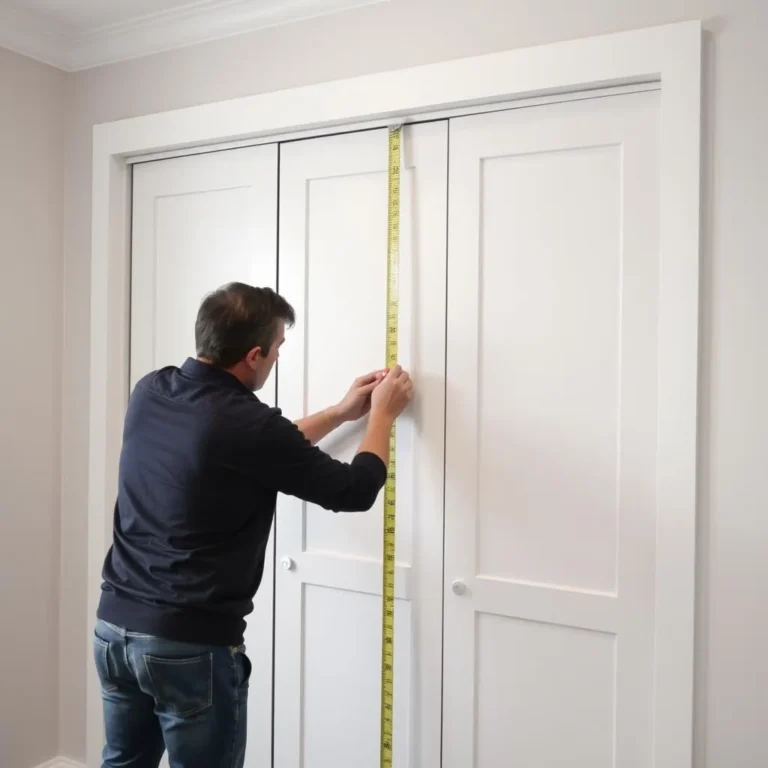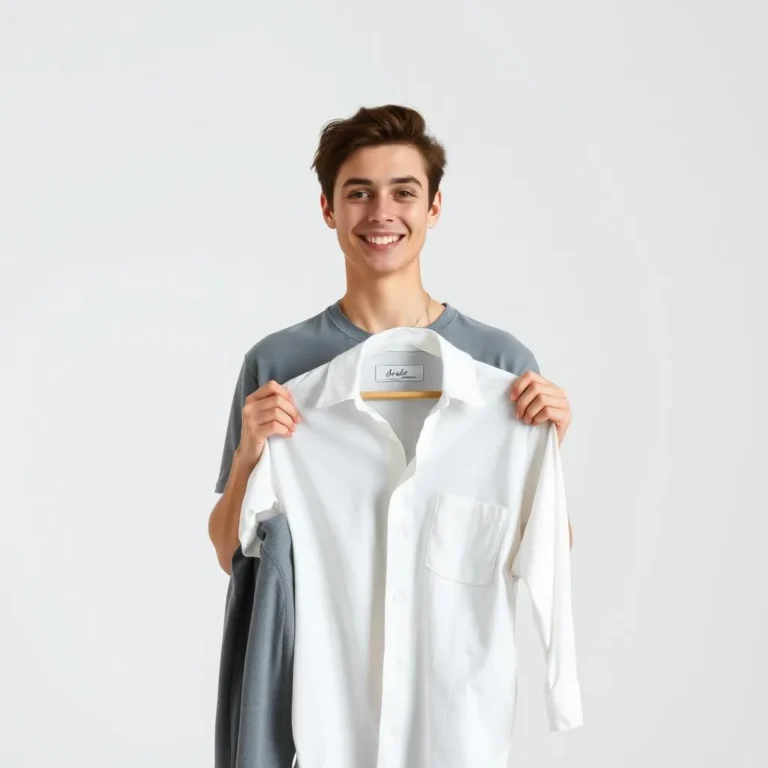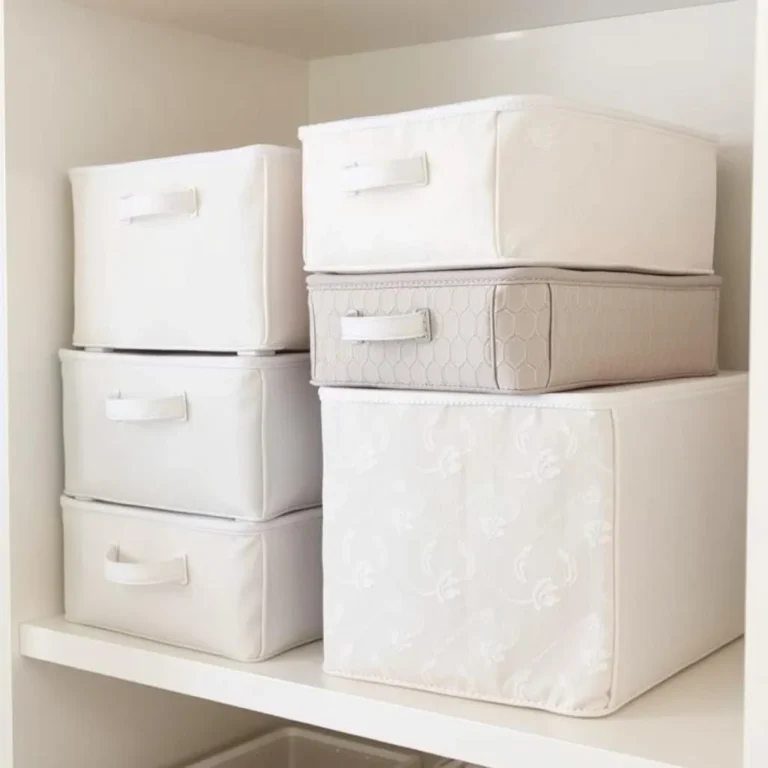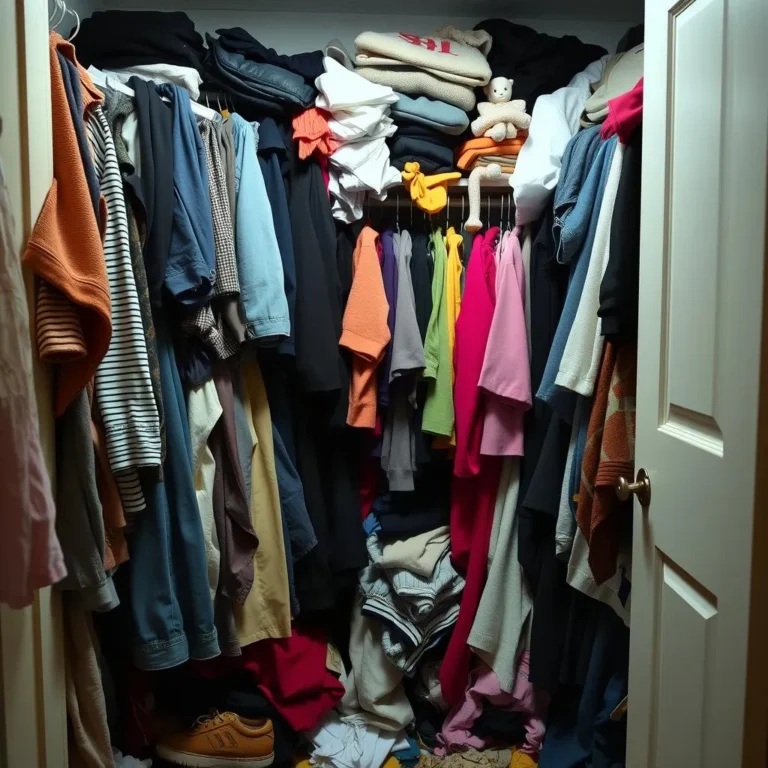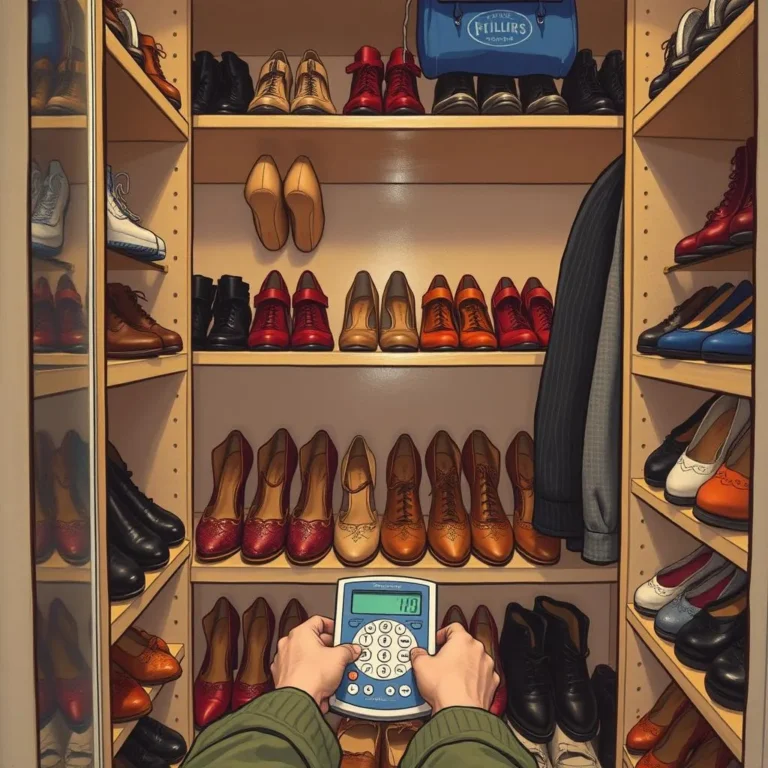Table of Contents
- Dress Up Closet: A Haven for Imagination
1.1 What is a Dress-Up Closet?
1.2 The Allure of Pretend Play
1.3 Benefits Beyond the Fun - Planning Your Dream Dress-Up Closet
2.1 Choosing the Space: Size and Location
2.2 Essential Storage Solutions: Chests, Racks, and More
2.3 Organizing for Easy Access - Curating Your Collection: What to Include
3.1 Costumes: From Princesses to Pirates
3.2 Accessories: The Finishing Touches
3.3 Props and Backdrops: Setting the Scene - Creating a Themed Dress-Up Closet
4.1 Superhero Headquarters
4.2 Fairy Tale Kingdom
4.3 Historical Adventure - Budget-Friendly Ways to Build Your Closet
5.1 Repurposing Old Clothes and Fabrics
5.2 DIY Costumes and Accessories
5.3 Sourcing Affordable Finds - Maintaining and Refreshing Your Dress-Up Closet
6.1 Regular Cleaning and Organization
6.2 Incorporating New Items Gradually
6.3 Letting Go of Outgrown Items - Safety Considerations for Young Children
7.1 Safe Materials and Construction
7.2 Supervision During Play - Encouraging Creative Play
8.1 Open-Ended Play Opportunities
8.2 Storytelling and Role-Playing
8.3 Integrating Dress-Up into Other Activities - Dress Up Closet for Different Ages
9.1 Toddlers and Preschoolers
9.2 Elementary School Children
9.3 Older Children and Teens - Beyond the Clothes: Expanding the Play Experience
- The Dress-Up Closet as a Family Activity
- Inspiring Creativity: The Magic of Dress-Up
- The Evolving Dress-Up Closet: Adapting to Growing Needs
- From Imagination to Reality: Dress-Up and Self-Expression
- Conclusion: Unleashing the Power of Pretend Play
- FAQs
Dress Up Closet: A Haven for Imagination
Have you ever wished you could step into a world of pure imagination? For children, that world often comes alive in the form of dress-up. A dedicated dress-up closet isn’t just a storage space; it’s a portal to countless adventures, a springboard for creativity, and a key to unlocking a child’s imagination. Let’s dive into the magical world of the dress-up closet!
1.1 What is a Dress-Up Closet?
A dress-up closet is a designated area, whether a closet, a corner of a room, or even a dedicated chest, filled with costumes, accessories, and props designed to inspire imaginative play. It’s a place where children can transform themselves into their favorite characters, create their own stories, and explore different roles and identities. Think of it as a personal theatre, ready for any performance!
1.2 The Allure of Pretend Play
Pretend play is incredibly important for a child’s development. It’s how they process emotions, experiment with social situations, and build essential life skills. Through dress-up, they can explore different perspectives, develop empathy, and strengthen their problem-solving abilities. It’s more than just putting on a costume; it’s about stepping into a different role, becoming someone else, even if only for a little while.

1.3 Benefits Beyond the Fun
The benefits of a dress-up closet extend far beyond the immediate enjoyment. It fosters creativity, enhances communication skills through role-playing, and improves social-emotional development. Children learn to negotiate, cooperate, and resolve conflicts as they interact with others during pretend play. It’s a fantastic way to boost their self-confidence and self-expression.
Planning Your Dream Dress-Up Closet
Creating a successful dress-up closet requires careful planning. It’s about maximizing space, organizing effectively, and creating a visually appealing and accessible environment that encourages play.
2.1 Choosing the Space: Size and Location
The size of your dress-up closet will depend on the amount of space you have available and the scale of your collection. Even a small corner can be transformed into a magical play area. Ideally, choose a location that is easily accessible to your child, perhaps near a play area or their bedroom.
2.2 Essential Storage Solutions: Chests, Racks, and More
Clever storage is crucial. Consider using clear plastic bins for smaller items like accessories, hanging racks for costumes, and decorative chests for larger props. Label everything clearly to make it easy for your child to find what they need.

2.3 Organizing for Easy Access
Organize your closet in a way that is both visually appealing and functional. Group similar items together (e.g., princess dresses, superhero capes, pirate hats). Consider using shelves, hooks, and other organizers to maximize space and keep everything tidy. Remember, easy access is key to encouraging play!
Curating Your Collection: What to Include
Building your dress-up collection is a fun process. Start with a few key items and gradually add more as your child’s interests evolve.
3.1 Costumes: From Princesses to Pirates
The heart of any dress-up closet is the costumes! Include a variety of options to cater to different interests. Think princesses, superheroes, pirates, animals, historical figures – the possibilities are endless!
3.2 Accessories: The Finishing Touches
Accessories are what truly bring the costumes to life. Include hats, gloves, jewelry, scarves, belts, and anything else that can add detail and personality to the characters.
3.3 Props and Backdrops: Setting the Scene
Props and backdrops can transform your dress-up closet into different settings. A simple sheet can become a castle wall, a cardboard box can become a spaceship, and a few toy animals can create a whole farm scene.

Creating a Themed Dress-Up Closet
Theming your dress-up closet can add another layer of fun and engagement. This helps to organize the items and provides a more immersive play experience.
4.1 Superhero Headquarters
Imagine a closet dedicated to superheroes! Include capes, masks, utility belts, and perhaps even some toy weapons (foam or plastic, of course!).
4.2 Fairy Tale Kingdom
A fairy tale kingdom might feature princess dresses, tiaras, wands, and maybe even a miniature castle or a backdrop with a painted forest scene.
4.3 Historical Adventure
For older children, you might create a historical theme, with costumes representing different eras and cultures, allowing them to explore history through play.
Budget-Friendly Ways to Build Your Closet
Creating a fantastic dress-up closet doesn’t require a hefty budget. There are plenty of creative and affordable options available.
5.1 Repurposing Old Clothes and Fabrics
Repurpose old clothes and fabrics to create costumes and accessories. A simple sheet can become a cape, old t-shirts can be transformed into vests, and scraps of fabric can be used to make hats or jewelry.
5.2 DIY Costumes and Accessories
Get crafty! There are countless online tutorials for creating DIY costumes and accessories using readily available materials. This is a fantastic opportunity for engaging in a fun family activity!
5.3 Sourcing Affordable Finds
Thrift stores, garage sales, and online marketplaces are great places to find affordable costumes and accessories. You might be surprised at the treasures you can discover!
Maintaining and Refreshing Your Dress-Up Closet
A well-maintained dress-up closet will remain a source of joy for years to come.
6.1 Regular Cleaning and Organization
Regularly clean and organize your closet to keep it tidy and free from dust and debris. This will also help to prevent items from getting damaged or lost.
6.2 Incorporating New Items Gradually
Incorporate new items gradually to keep your child engaged and prevent the closet from becoming overwhelming. Introduce a few new costumes or accessories at a time.
6.3 Letting Go of Outgrown Items
Don’t be afraid to let go of items that are no longer used or are outgrown. This will help to keep the closet organized and make space for new additions.
Safety Considerations for Young Children
Safety should always be a top priority when creating a dress-up closet.
7.1 Safe Materials and Construction
Use only safe materials for costumes and accessories. Avoid anything that could pose a choking hazard or cause injury. Ensure that all items are well-constructed and free from loose parts.
7.2 Supervision During Play
Always supervise young children during dress-up play to ensure their safety. Pay attention to any potential hazards and intervene if necessary.
Encouraging Creative Play
A dress-up closet is more than just a collection of clothes; it’s a catalyst for imagination.
8.1 Open-Ended Play Opportunities
Provide open-ended play opportunities to encourage your child’s creativity. Don’t impose strict rules or guidelines; let them explore and experiment freely.
8.2 Storytelling and Role-Playing
Encourage storytelling and role-playing. Ask your child about their characters, their adventures, and their emotions. This helps build their narrative skills and allows you to share in their imaginative world.
8.3 Integrating Dress-Up into Other Activities
Integrate dress-up into other activities, such as reading, drawing, or building. This can help to deepen the play experience and enhance their creativity.
Dress Up Closet for Different Ages
The contents and organization of a dress-up closet will naturally adapt as your child grows.
9.1 Toddlers and Preschoolers
For toddlers and preschoolers, focus on simple costumes, soft fabrics, and large, easy-to-handle accessories.
9.2 Elementary School Children
Elementary school children will appreciate a wider variety of costumes and accessories, as well as more complex play scenarios.
9.3 Older Children and Teens
Older children and teens may enjoy creating their own costumes or incorporating their interests into their dress-up play.
Beyond the Clothes: Expanding the Play Experience
Consider adding mirrors, make-up (child-safe, of course!), and other props to expand the play experience. These add to the immersive nature of the play and allow for a wider range of self-expression.
The Dress-Up Closet as a Family Activity
Make creating and using the dress-up closet a family activity. This strengthens family bonds and creates lasting memories. Help your child create costumes, organize the closet, and participate in their imaginative games.
Inspiring Creativity: The Magic of Dress-Up
The beauty of a dress-up closet lies in its ability to inspire creativity. It provides a safe and supportive environment where children can explore their identities, express themselves, and develop important life skills.
The Evolving Dress-Up Closet: Adapting to Growing Needs
As your child’s interests change, so too will the contents of their dress-up closet. Regularly review and refresh the collection to keep it engaging and relevant.
From Imagination to Reality: Dress-Up and Self-Expression
Dress-up play isn’t just about escaping into fantasy; it’s also a powerful tool for self-expression. Children use dress-up to explore different aspects of themselves and try on different roles and identities.
Conclusion: Unleashing the Power of Pretend Play
A dress-up closet is more than just a storage space; it’s a magical portal to a world of imagination, creativity, and self-discovery. By providing your child with a well-organized and stimulating dress-up area, you’re empowering them to explore their creativity, develop essential life skills, and create lasting memories. So, go ahead and unleash the power of pretend play!
FAQs
-
How much space do I need for a dress-up closet? Even a small corner or a section of a larger closet can work. The key is to utilize storage solutions effectively.
-
What are some affordable ways to add to my collection? Thrift stores, garage sales, and repurposing old clothes are great options.
-
How can I involve my child in creating their dress-up closet? Let them choose costumes and accessories, help with organizing, and decorate the space.
-
What if my child outgrows some of the items? Donate or pass down outgrown items to younger siblings or friends.
-
How can I ensure the safety of my child in their dress-up closet? Supervise play, choose age-appropriate items, and avoid any choking hazards or sharp objects.

